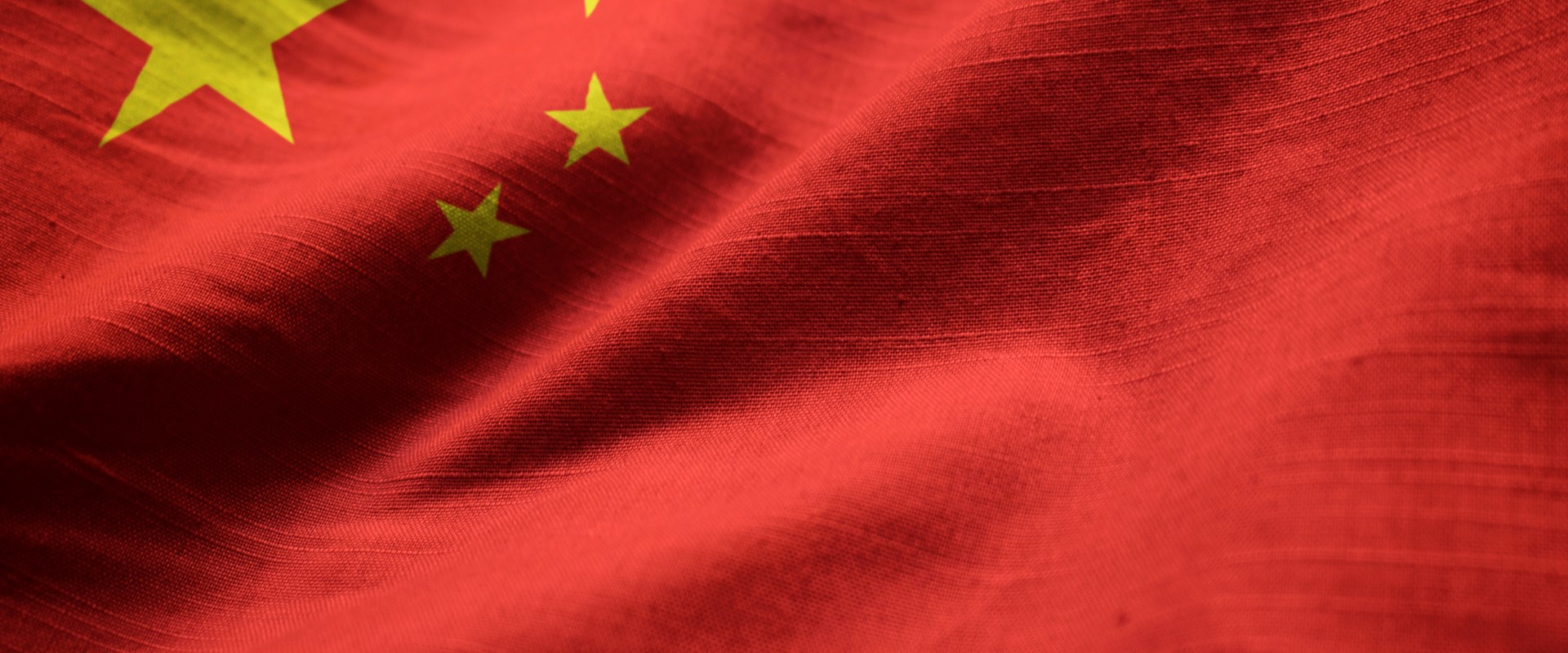Despite the continuing disruptions brought by the Covid-19 pandemic, 2021 was a year of high-profile intellectual property stories. In this article, we provide a brief overview of some of the top stories of 2021 that may be of interest to our Chinese and British readers.
CHINA'S INTENTION TO BECOME AN IPR LEADER IN 15 YEARS
The best place to start with this round-up of 2021 is the release by China of “The Outline of Building an Intellectual Property Rights (IPR) Powerhouse (2021-2035)”. Notably, ‘The Outline’ sets specific 5-year development goals aimed at transforming China into an IP powerhouse.
For 2025, the key development goals include:
- The added value of patent-intensive industries shall reach 13% of GDP.
- The added value of copyright industries shall reach 7.5% of GDP.
- The total import and export of IP royalties shall reach 350 billion yuan.
- The number of high-value invention patents per 10,000 population shall reach 12.
By 2035, the aim is basically for China to become a world leader on IP rights.
To achieve these development goals, ‘The Outline’ identifies seven distinct tasks:
- Construct an IP system oriented to socialist modernisation.
- Construct an IP protection system that supports a world-class business environment.
- Construct an IP market operating mechanism that encourages innovation and development.
- Construct a public service system of IP rights that is convenient and beneficial to people.
- Construct a humanistic social environment that promotes the high-quality development of IP.
- Participate deeply in global IP governance.
- Organisational safeguards should be provided.
Overall, it seems that China is intent on shifting its IP rights system away from quantity towards quality, which is good news for everyone.
CHINA'S IP BOOM CONTINUES
Speaking of quantity, China topped the ranking of total IP filing activity in the annual World Intellectual Property Indicators Report published by the World Intellectual Property Organization. China was first in each category of IP applications (patents, trademarks, industrial designs, etc.), except for geographical indications where China ranked second behind Germany.
It is hardly a surprise to see China topping the listing for IP filings in terms of pure numbers. What is interesting to note is that only approximately 7% of all applications from China were filed abroad. This very much points to an emphasis of quantity over quality that was the focus of the previous “Outline of the National IP Strategy”.
That said, with the new 2021-2035 ‘Outline’, it appears that the focus of IP in China will move from the pursuit of quantity to an improvement of quality.
BIG NEWS FOR PHARMA, CHINA GETS US-STYLE PATENT LINKAGE LITIGATION SYSTEM
A development that will be welcomed by pharma patentees, both big and small, has been China’s introduction of a new US-style litigation system, tying regulatory approval to the resolution of IP disputes.
After a few initial teething issues, such as a lack of final implementing regulations, the system came online in July 2021. Notably, it appears that new medical uses for biologics are included in the system, while polymorph drug patents have been excluded. Of particular interest is the confirmation that generic pharmaceutical manufacturers are required to notify patentees within 10 days of their marketing authorisation application.
Further boons to life sciences innovators in 2021 were China’s introduction of patent term extensions for pharmaceutical-related patents, and a new process for requesting patent term adjustment to account for delays attributable to the China National Intellectual Property Administration (CNIPA) during patent examination.
CHINA INTRODUCES ITS FIRST COMPREHENSIVE DATA PROTECTION LAW
The Personal Information Protection Law (PIPL) was adopted on 20 August 2021 and entered into force on 1 November 2021. The PIPL adopts many of the principles and rules of the EU and EEA’s General Data Protection Regulation (GDPR), such as clear provisions on individual rights and obligations for personal information handlers. It seems that China intends for the PIPL to be seen as forming part of a common international legal system.
An interesting aspect of the PIPL is its applicability to state actors. It seems that the PIPL has primary applicability in the field of personal information protection, and so the state must respect and protect the right to personal information. Nevertheless, it remains to be seen exactly how state actors will comply with the PIPL and which provisions and obligations apply.
OFFICIAL IP PROTECTION GUIDANCE BY CHINA AND THE UK
Last year marked the 25th anniversary of the formal establishment of co-operation between the UK Intellectual Property Office (UK IPO) and the CNIPA. To mark the occasion, the two offices published bilingual guidelines for IP protection in the UK and China, with the aim of providing further guidance on the Chinese and British IP systems and delivering better services to innovators.
The CNIPA’s guidelines (found here) focus on the legal protection and enforcement of Chinese trade marks. The guidelines published by the UK IPO (found here) give an introduction to IP, guidance on applying for and protecting IP rights in the UK, and outline changes to the UK’s IP framework after Brexit.
Once again it appears that, despite the uncertainties brought by the pandemic, China’s ambitions for IP continue to evolve. 2022 should start to reveal the results of many of these changes, and we can look forward to continued co-operation between the Chinese and British IP systems.







